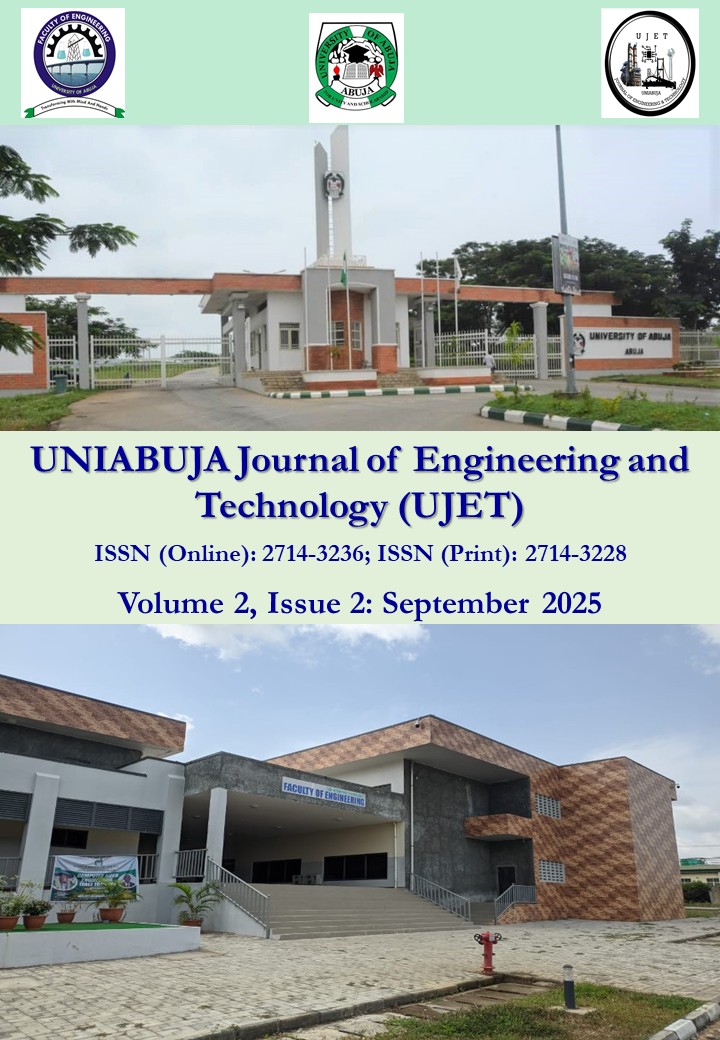Effect of Cutting Speed and Depth of Cut on Surface Roughness of Mild Steel Using a Shaping Machine
Keywords:
Cutting speed, shaping machine, depth of cut and surface roughness.Abstract
The surface roughness of machined components is a critical parameter influencing their performance and functionality across various engineering applications. In the context of metalworking processes, achieving desired surface quality, particularly in mild steel, holds significant importance due to its widespread use in industrial sectors. This study focused on finding optimal control parameters to get the minimum Surface roughness to enhance machining efficiency and product quality. The experimental cutting tests was conducted on a shaping machine using mild steel work piece under controlled operating conditions. Cutting speed and depth of cut parameters were systematically varied and measured to assess their impact on surface roughness. The data obtained from the experimental study was used to develop a mathematical model to predict correlating machining parameters with surface roughness. The models were validated and tested for adequacy using Coefficient of determination and their coefficient of determination values were found to be 0.9403 when varying Ram speed with constant depth of cut and 0.9271when varying depth of cut with constant Ram speed. The developed predictive models offer practical guidance for machining practitioners and engineers in selecting optimal process parameters to meet specific surface finish requirements and enhance overall machining performance.
Downloads
Published
How to Cite
Issue
Section
License
Copyright (c) 2025 UNIABUJA Journal of Engineering and Technology (UJET)

This work is licensed under a Creative Commons Attribution-NonCommercial-ShareAlike 4.0 International License.
